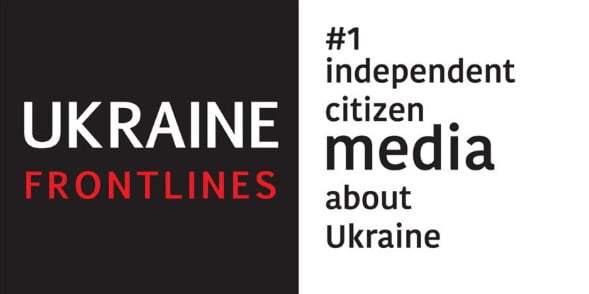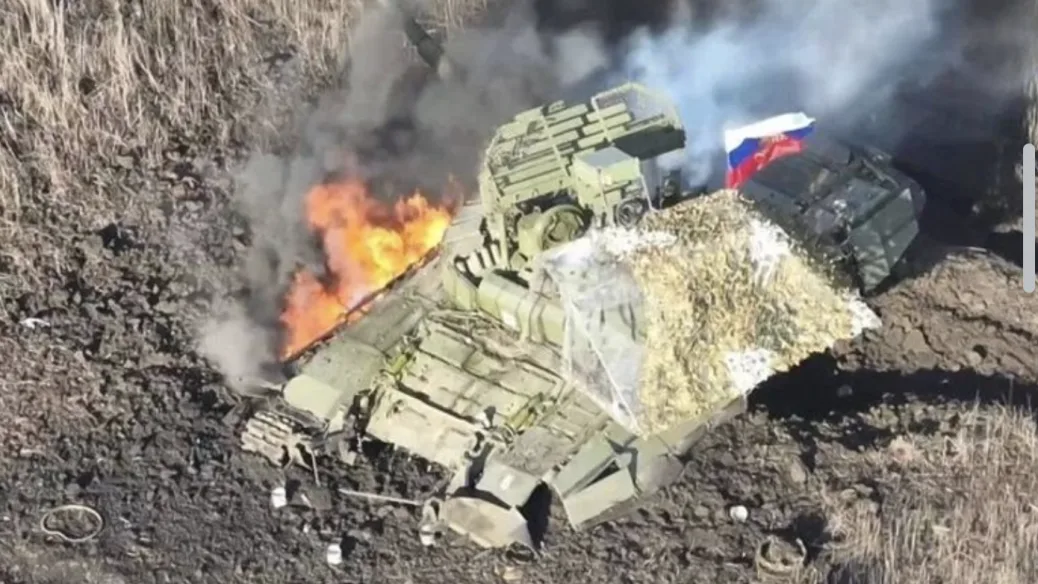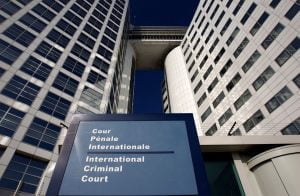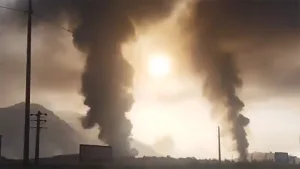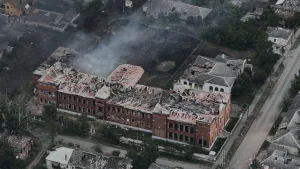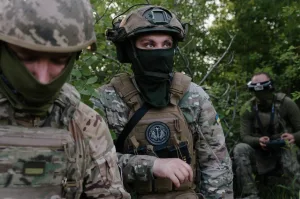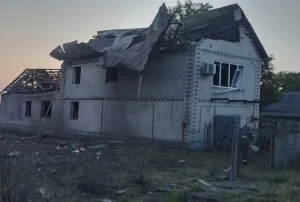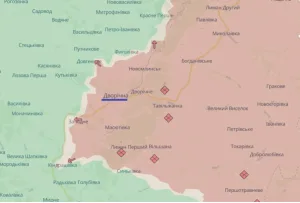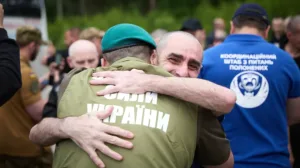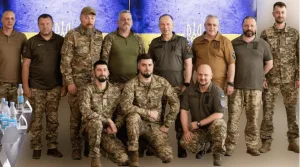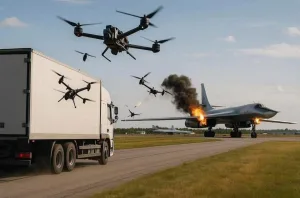Russian large-scale summer offensive has begun. We can draw this conclusion based on the fact that noticeable attacks on the positions of the Ukrainian Armed Forces in the Zaporizhzhia region have begun.
There is also a relocation of forces and equipment in the Kherson region. This is in addition to incessant attacks of the quasi-empire in the Kharkiv and Sumy regions.
We must understand that with these actions, the aggressor will almost exhaust its offensive potential for the current year: of course, it will have forces to launch local offensives, but not to attack along the entire front line. That’s why the enemy will push on like crazy, regardless of losses. It is imperative for them to make notable progress in the center and south over the summer, to capture some district centers in the Dnipropetrovsk and Kharkiv (or Mykolayiv) regions in order to hold pseudo-referendums on the accession of the regions to the quasi-empire.
Of course, our General Staff is well aware of these enemy plans and has been preparing retaliatory actions. We hope they will be unexpected and effective.
At the same time, I have to admit that we still haven’t solved the glaring problems with effective mobilization (inviting young people to sign contracts hardly works), the AFU transition to a modern organizational structure is too slow, the replenishment of weapons and equipment, primarily thanks to D. Trump, is not as expected.
Overall, we can observe an approximate equality of the parties. That is, the enemy is likely to advance in several directions, but won’t be able to break through the front on a large scale and, most importantly, bring new forces into the breakthrough and expand the offensive. It is also hard to imagine that the AFU will have enough forces and means to launch a large-scale counteroffensive after holding the enemy back.
This dynamic balance, as well as the deteriorating state of the Russian economy, is a prerequisite for relatively constructive peace talks to be possible at the end of the year.
During the summer offensive, the aggressor will intensify its attacks on peaceful cities of Ukraine. Three hundred to five hundred shaheds plus fifty to seventy missiles of various types per day and twice a week may, unfortunately, become a norm for the next few months. And we must be psychologically ready for this. Just as we managed to get used to blackouts.
It is important to note: most of deaths, injuries, and destruction are now caused not by enemy missiles, which our air defense systems have learned to shoot down quite reliably, but by drones — shaheds and others — due to their large numbers.
The mobile anti-shahed groups we deployed in 2023 no longer comply with the level of threat. Therefore, we need to start large-scale production and deployment of our fighter drones as soon as possible. Such work is underway, but they are not keeping up with the current situation.
It also makes sense to consider creating manned anti-drone aviation on small sports aircraft, which will require solving not only financial and technical, but also specific organizational problems.
The summer will be hot. However, there is no reason to despair. Each day of resistance brings the collapse of the quasi-empire closer. The AFU are morally ready to defend the country and win. Society is ready to withstand enemy attacks and support the Armed Forces. The weak link in the defense chain is our political system. Thus, the ultimate result will depend on whether the Ukrainian government can withstand the strain of this stage of the war without sagging significantly.
Tags: breaking news news Russia russia ukraine war Ukraine war war in ukraine latest news war news